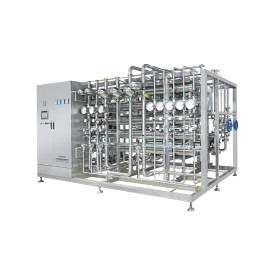About us
Founded in 2012, Eastmed specializes in the research, development, and manufacturing of in vitro diagnostic (IVD) products. Our comprehensive portfolio includes:
-
Diagnostic Instruments: Semi-automatic chemistry analyzers, fully automatic chemistry analyzers, hematology analyzers, microplate readers and washers, urine analyzers, and ESR analyzers.
-
Reagents & Custom Solutions: High-quality biochemical reagents in standard or bulk/concentrated packaging, as well as hematology reagents. We also support clients in achieving localized production of hematology reagents through tailored solutions.
Guided by a commitment to quality, innovation, and collaborative growth, Eastmed has built lasting partnerships worldwide. We pride ourselves on delivering exceptional products and services, ensuring mutual success with our clients.
We warmly invite healthcare professionals and industry partners who share our passion for diagnostic excellence to join us in advancing the future of medical testing.

Vision
"Our vision is to revolutionize healthcare through innovative technology and compassionate care, ensuring a healthier future for all."
Mission
"To provide exceptional healthcare services while fostering innovation and maintaining the highest standards of patient care."
Philosophy
"We believe in a patient-first approach, combining cutting-edge technology with compassionate care to deliver the best possible outcomes."
Values
"Excellence, Integrity, Innovation, and Compassion guide every aspect of our healthcare delivery and patient interaction."









